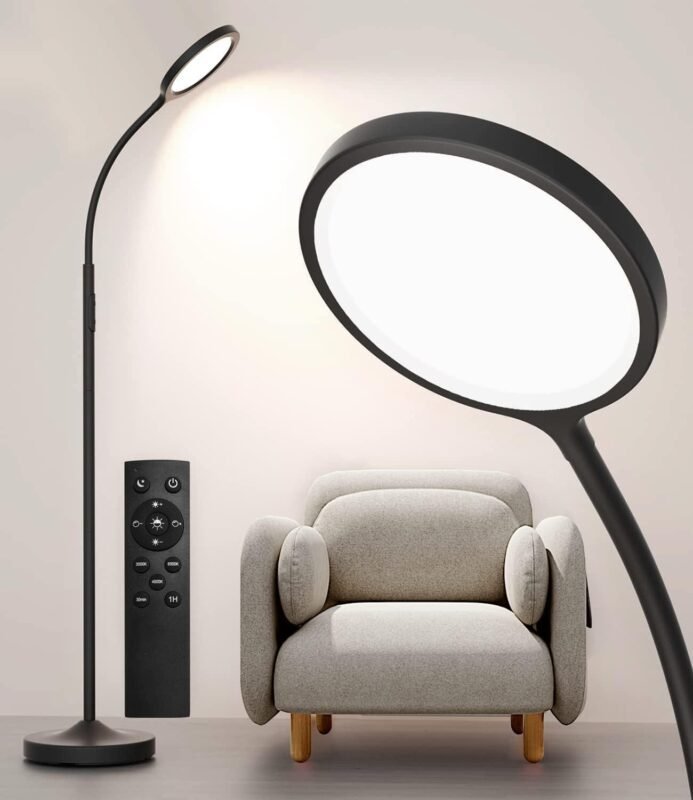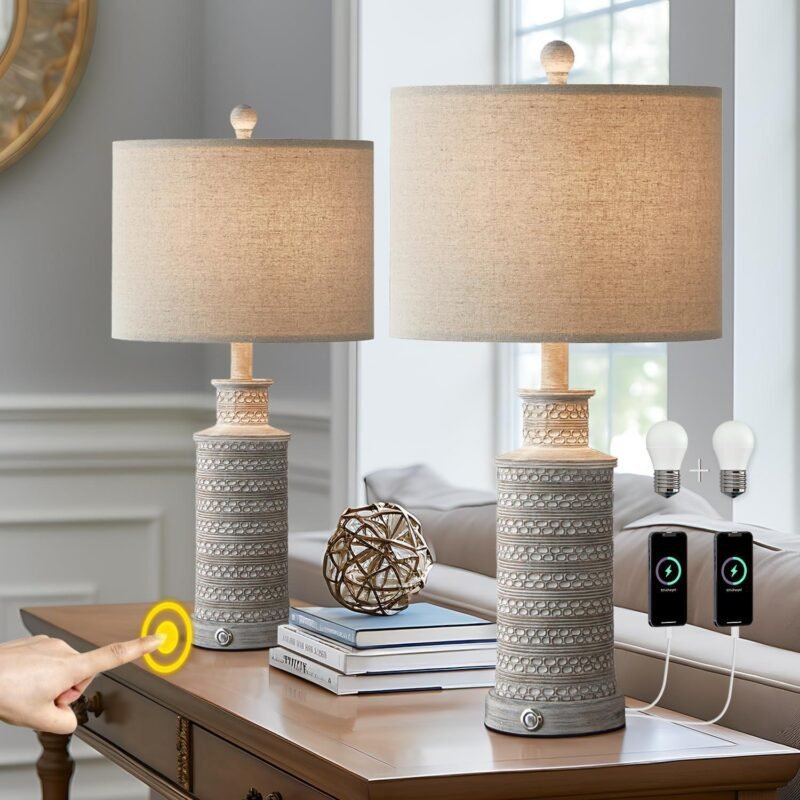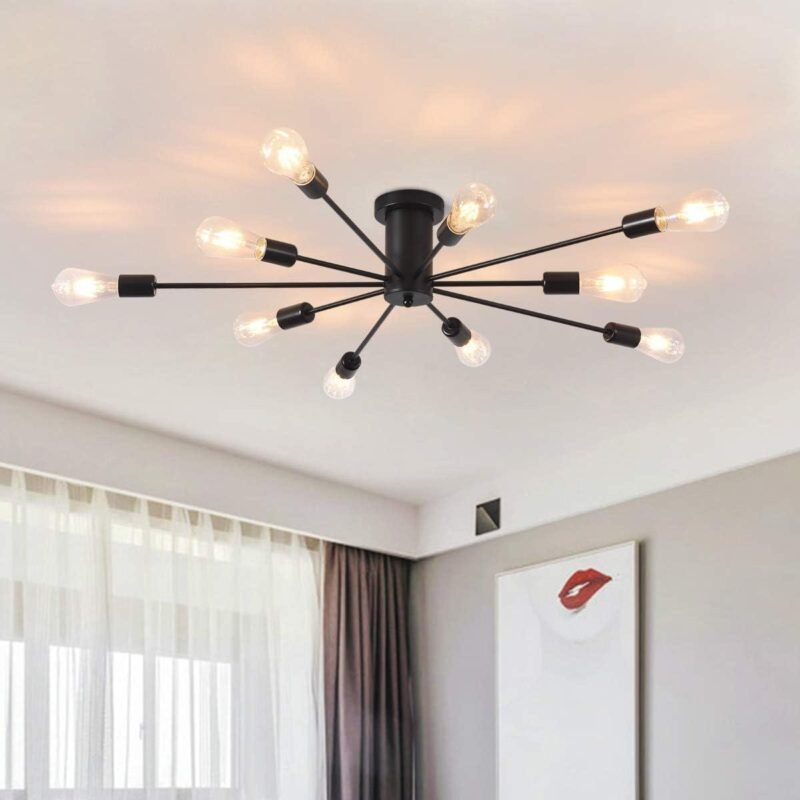Are there specific neutral colors that work better in small living rooms?

When it comes to decorating small living rooms, choosing the right color palette can make all the difference in creating a space that feels open, cozy, and inviting. Neutral colors are often a popular choice because of their versatility and timeless appeal. However, not all neutrals are created equal-some shades can enhance the sense of space better than others. In this article, we’ll explore which specific neutral colors work best in small living rooms and how you can use them to maximize light, depth, and comfort in your home. Whether you’re starting from scratch or looking to refresh your space, understanding the nuances of neutrals can help you create a beautifully balanced room that feels just right.
Understanding the impact of Neutral Colors on Small Living room Spaces
Neutral colors have a transformative effect on small living room spaces by creating an illusion of openness and serenity. soft whites, warm beiges, and gentle grays often work best because they reflect natural light, making rooms appear larger and more inviting. These hues don’t overwhelm the limited space; rather, they serve as a versatile backdrop that allows furniture and décor to stand out without clashing or causing visual clutter. Additionally, neutrals wiht subtle undertones-such as a gray with a hint of blue or beige with a touch of peach-add depth and warmth, ensuring the space feels cozy rather than stark.
When selecting neutral colors, consider how the room’s lighting and purpose interact with the palette. here’s a quick reference to guide your choice:
| Neutral Shade | Best For | Effect in Small Rooms |
|---|---|---|
| Soft White | Maximizing natural light | Brightens space, feels airy |
| warm Beige | Creating a cozy atmosphere | Adds warmth without heaviness |
| Light Gray | Modern and complex looks | Provides subtle depth and contrast |
- Avoid crisp or stark whites that can feel cold and unwelcoming.
- Incorporate natural textures alongside neutrals to add interest and dimension.
- Layer subtle variations of the chosen neutral tone for a polished and harmonious look.
Choosing the best Shades of Neutral for brightness and Warmth
When aiming to brighten up a small living room while maintaining a cozy vibe, selecting the right neutrals is key. Opt for shades that have warm undertones like creamy ivories, soft taupes, and gentle beiges. These colors reflect natural light well, making your space feel larger and inviting without the coldness that sometimes comes with grays or stark whites. Incorporate accents of warm neutrals in soft furnishings like cushions or rugs to enhance the glowing effect, subtly balancing the room’s warmth and brightness.
Consider how the following neutral colors perform in terms of warmth and brightness to tailor your palette:
- Ivory: Brightens without harshness.
- Greige (Gray + Beige): Adds sophistication and softness.
- warm Taupe: Creates a cozy, grounded atmosphere.
- Soft Sand: Offers a subtle warmth with a fresh appeal.
| Neutral Shade | Brightness Level | Warmth Feel |
|---|---|---|
| Ivory | High | Warm |
| Greige | Medium | Neutral-Warm |
| Warm Taupe | Medium-Low | Warm |
| Soft Sand | High | Warm |
How Different Neutrals Affect the Perception of Room Size
Neutral shades play a vital role in how spacious a room feels. Lighter neutrals such as soft beiges, pale greys, and warm whites tend to reflect more natural light, instantly brightening the space and creating an airy ambiance. These colors help blur the boundaries between walls and ceilings, giving the illusion of openness. In contrast, deeper neutrals like charcoal gray or taupe create a cocooning effect, making the room feel cozy but possibly smaller if overused. For compact living rooms, selecting a neutral with warm undertones can also soften shadows, improving the sense of flow without overwhelming the space.
Here’s a quick glance at how different neutral tones can influence perception:
| Neutral Shade | Effect on Room Size | Best Use |
|---|---|---|
| Soft Beige | Expands space visually | Walls and ceilings |
| Cool Grey | Adds modern depth but can shrink room | Accent walls or furniture |
| Warm White | Brightens and opens room | Entire room palette |
| Earthy Taupe | Creates cozy atmosphere | Accent decor elements |
- Tip: Combine lighter neutrals with reflective surfaces like mirrors to amplify spaciousness.
- Tip: Use darker neutrals sparingly to add contrast without constricting the room.
Practical Tips for Combining Neutral Colors with Accent Hues
When blending neutral tones with accent hues in a small living room, balance is key. Start by choosing a light neutral base like warm beige,soft gray,or off-white to open up the space and reflect natural light. These shades create a calm backdrop that visually expands the room. To introduce color without overwhelming the area, incorporate accents thoughtfully-think cushions, rugs, or artwork in jewel-toned blues, muted greens, or warm terracotta. This method adds personality while maintaining an airy feel.
Consider these practical pointers to harmonize neutrals and accents:
- mix textures: Combine smooth and tactile surfaces (linen curtains, velvet pillows) in your neutral and accent colors to add depth.
- Highlight focal points: Use accent colors strategically on a single wall or select furniture piece to draw the eye.
- Layer lighting: Warm white lamps enhance neutrals,while colored LED lights can subtly emphasize accent hues.
To illustrate the impact of combining neutrals with accents, here’s a quick guide:
| Neutral Base | Suggested Accent Color | Effect in Small Space |
|---|---|---|
| Soft Gray | Mustard Yellow | Adds warmth and vibrancy without shrinking the room |
| Warm Beige | Teal Blue | Creates a serene yet lively atmosphere |
| Off-White | Burnt Orange | Provides inviting energy and visual interest |
To Conclude
choosing the right neutral colors for a small living room can make a significant difference in how spacious and inviting the space feels. While shades like soft beiges, warm taupes, and light grays are often ideal for creating a balanced, airy atmosphere, the key is to select tones that complement your room’s natural light and existing décor. Remember, neutrals provide a versatile canvas that can be easily refreshed with accessories and accents, allowing you to personalize your cozy living area without overwhelming it. By thoughtfully incorporating specific neutral hues, you can enhance both the comfort and style of your small living room, making it a welcoming retreat in your home.












